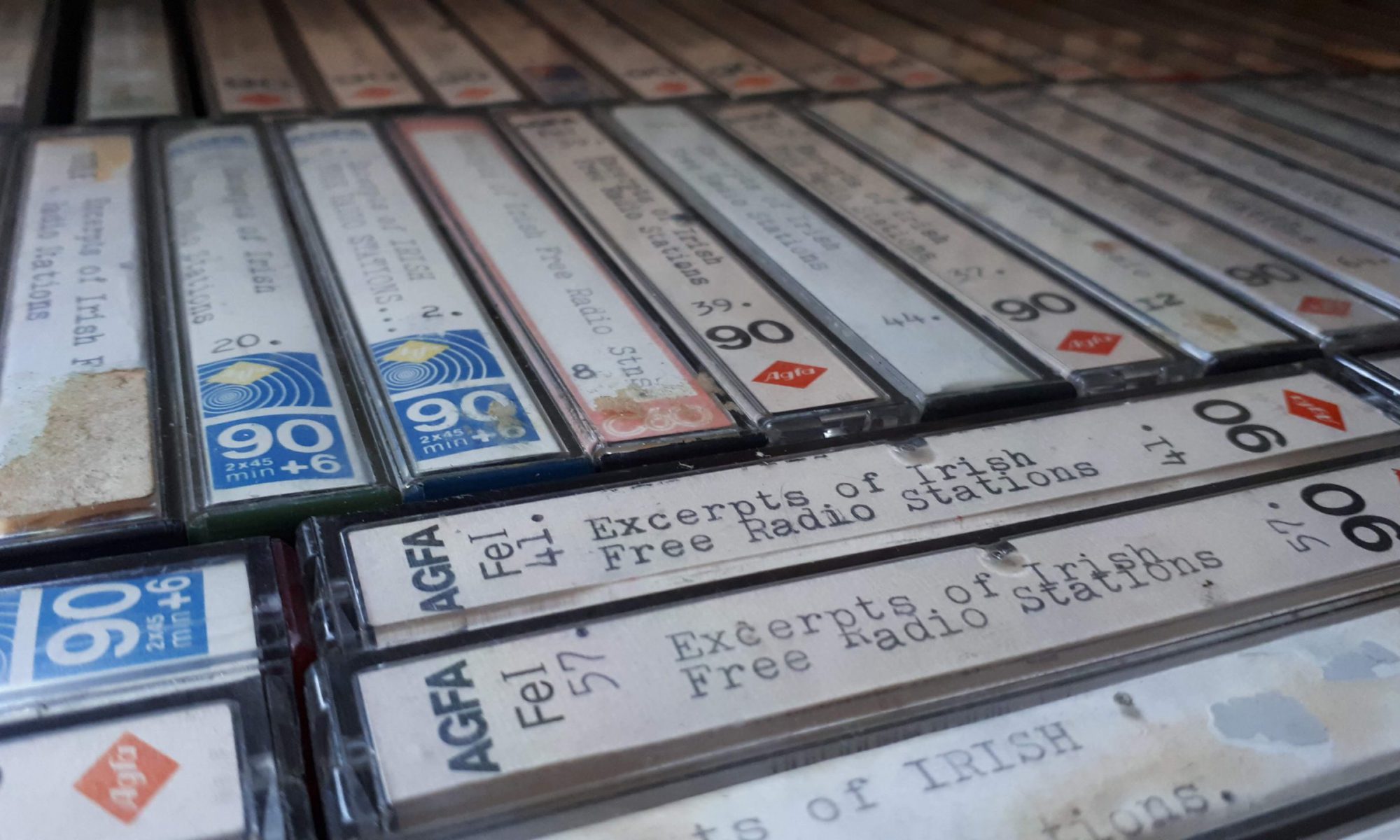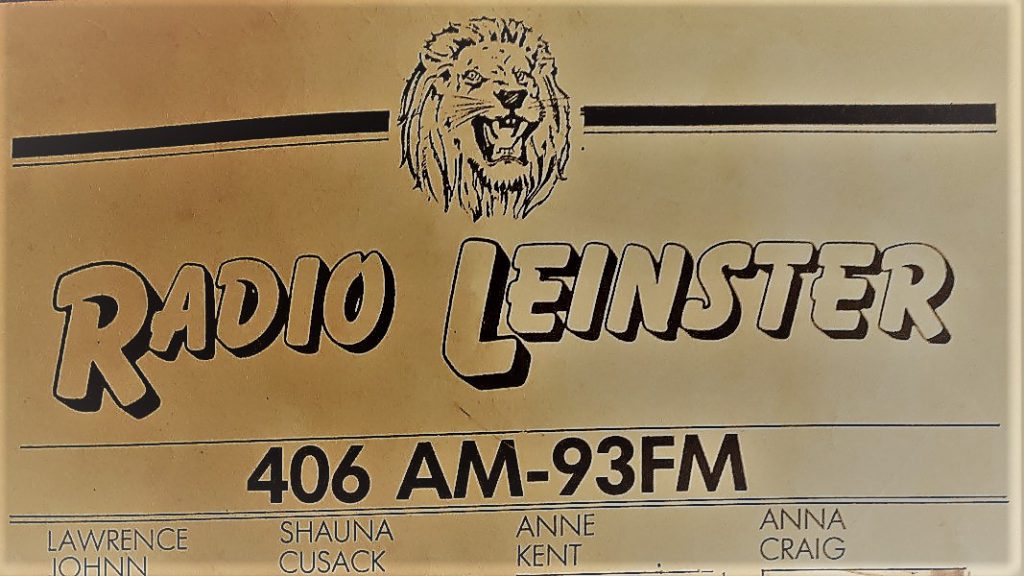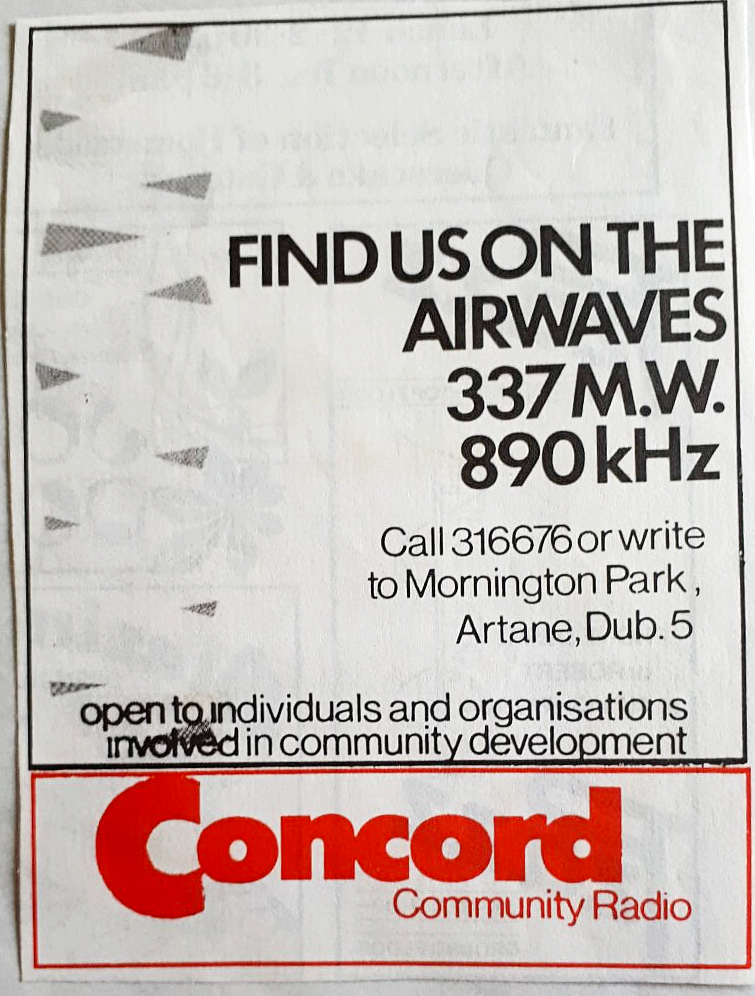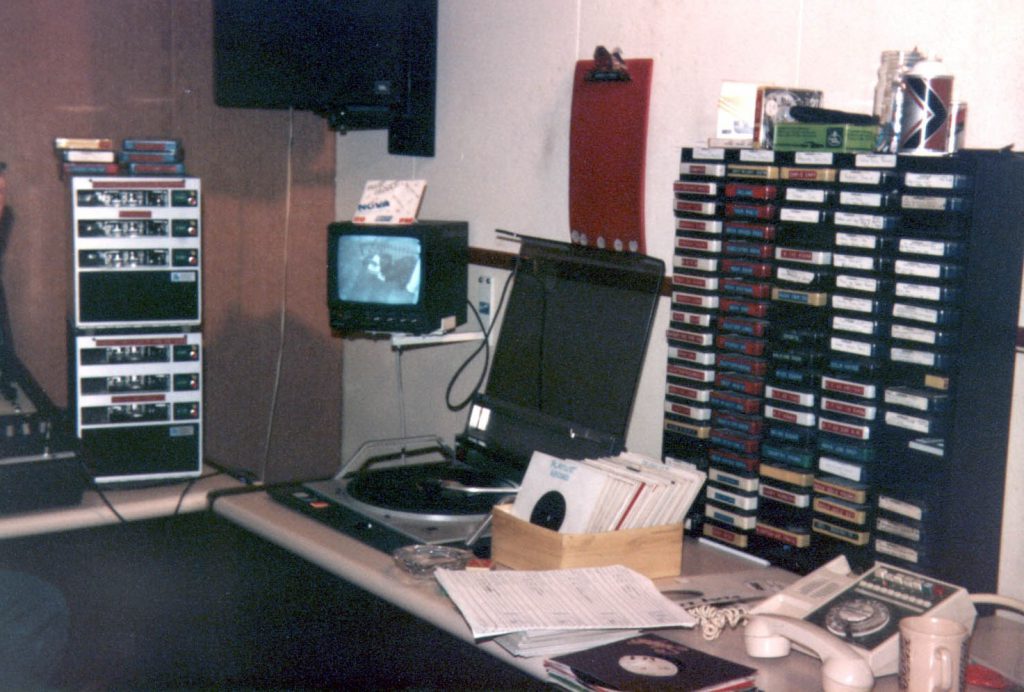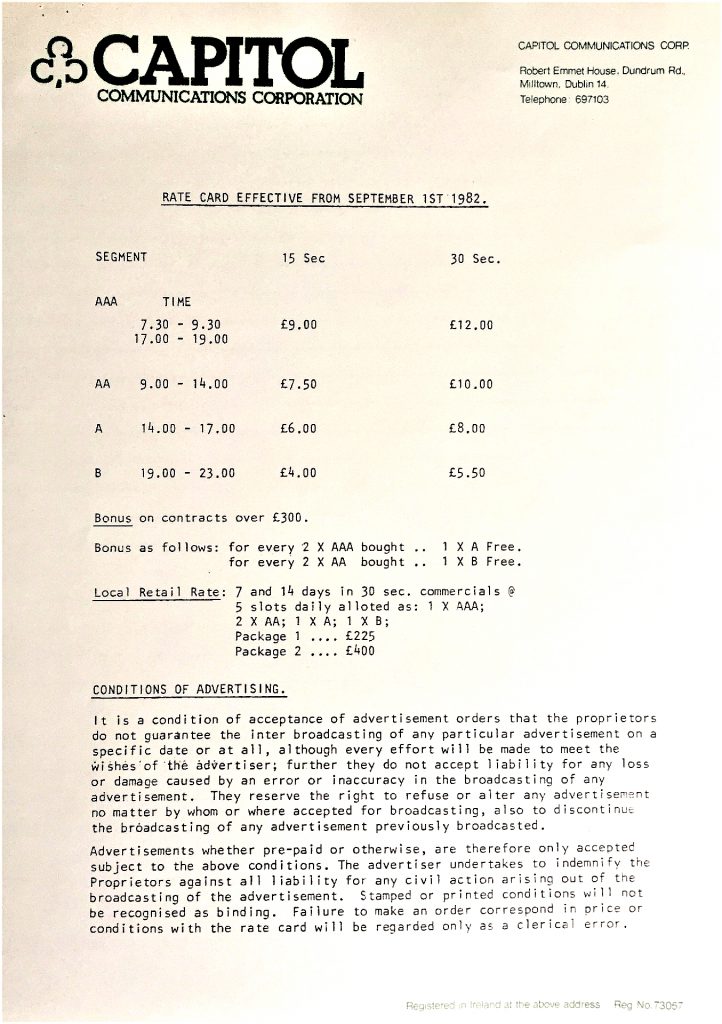Podcast: Play in new window | Download
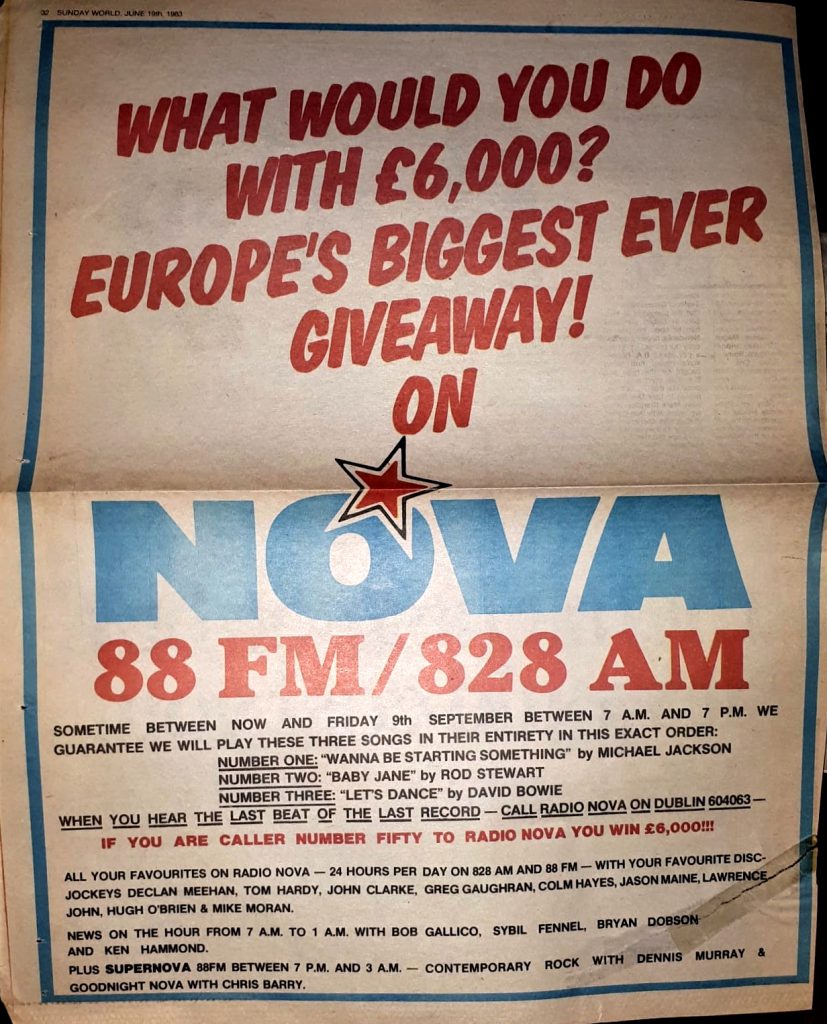
This three-minute clip gives a sense of the variety of content in the Pirate.ie archive. It covers stations big and small, in Dublin and elsewhere, playing mainstream pop or featuring specialist programming. The first segment features Ireland’s best-known pirate Radio Nova and its ‘Dublin Today’ programme on 30th August 1983, the day of the giveaway.
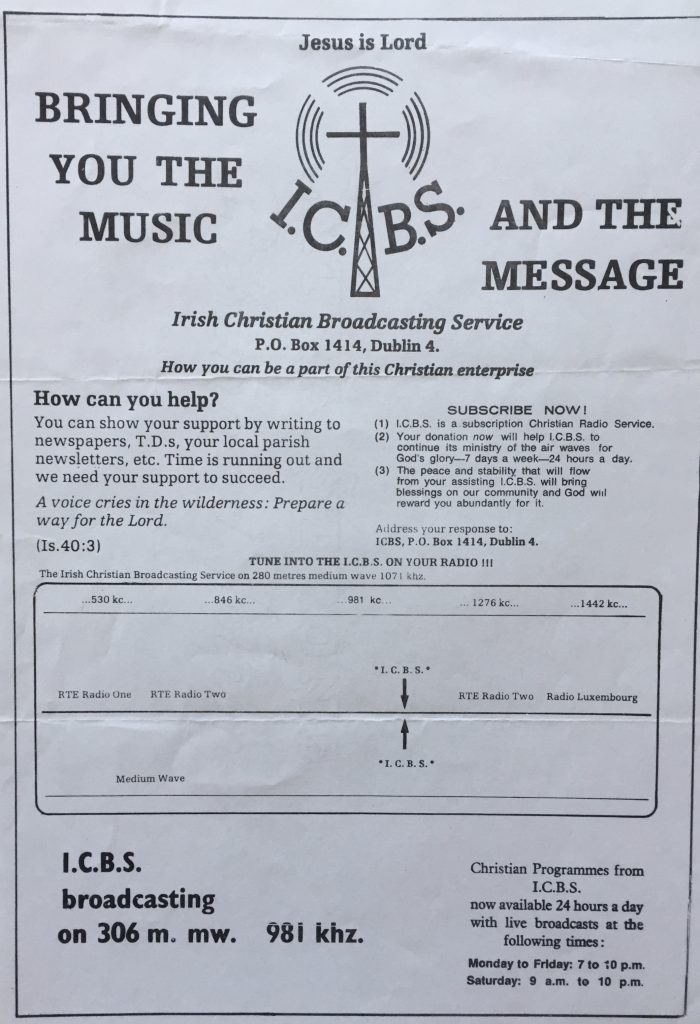
The second segment is from the Irish Christian Broadcasting Service from 3rd September 1983, just four days before a divisive referendum about inserting a ban on abortion into the Irish constitution. The presenter announces an interview with a US campaigner.

The third segment features a promo for community radio broadcast in 1987 on Bray Local Broadcasting south of Dublin. Among the voices is the then Minister for Communications, the late Jim Mitchell, whose party did not favour community radio. BLB was a leading member of the National Association of Community Broadcasters.
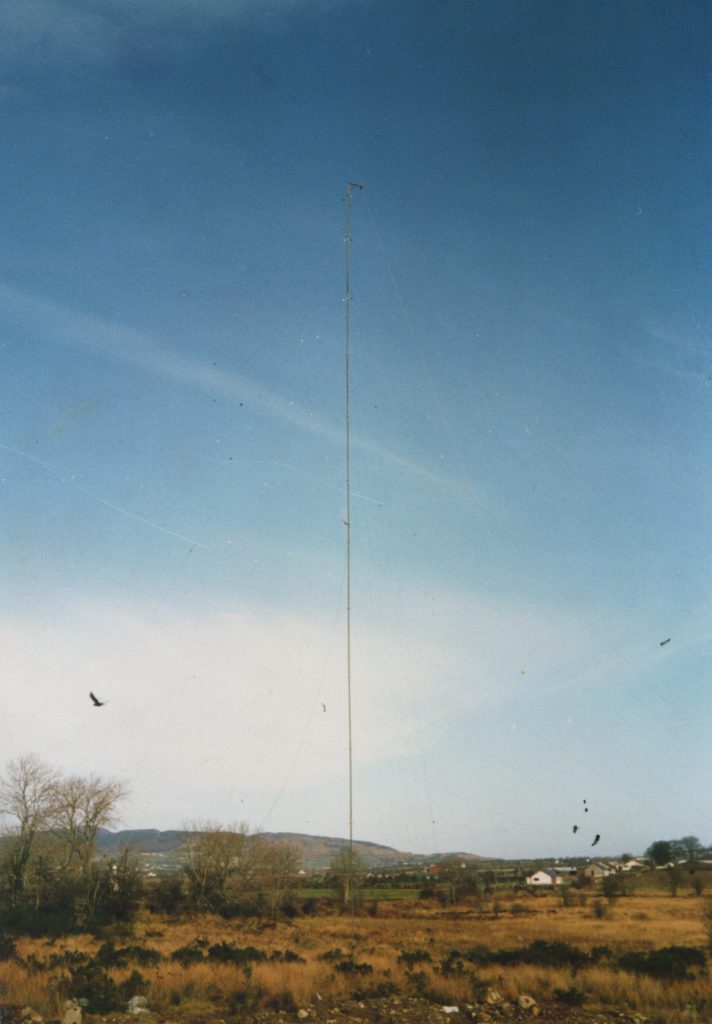
The next segment is a jingle for Boyneside Radio (1978-1988) based in Co. Louth which became a regional station covering an area stretching from Belfast to Dublin. The station had transmitters along the border and an opt-out service aimed at Northern Ireland.
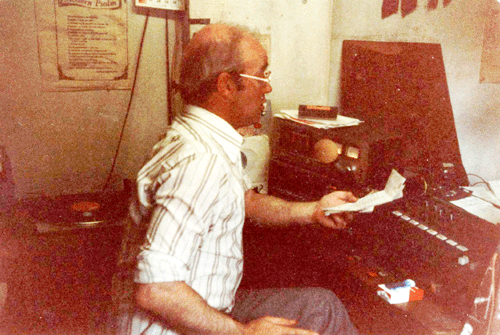
The next segment features one of Ireland’s best-known pirate broadcasters, the late John ‘the Man’ Frawley opening Raidió Luimní on 20th April 1983. The station broadcast from Limerick for ten years from 1978-1988 and the popular Frawley had listeners over a wide area. He begins by greeting listeners in Irish.
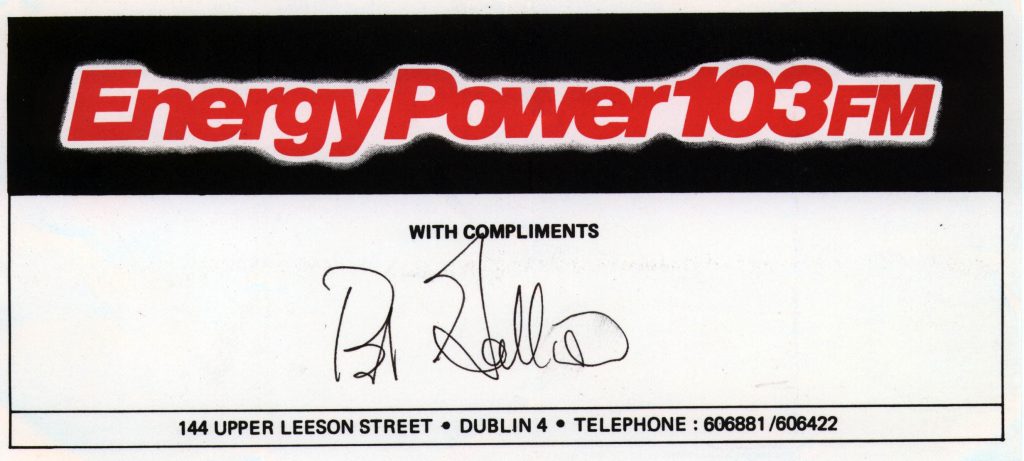
Finally we hear the late Bob Gallico reading the news on New Year’s Day 1988 on Energy 103, a popular professional station that emerged from the ashes of Radio Nova in 1986.
